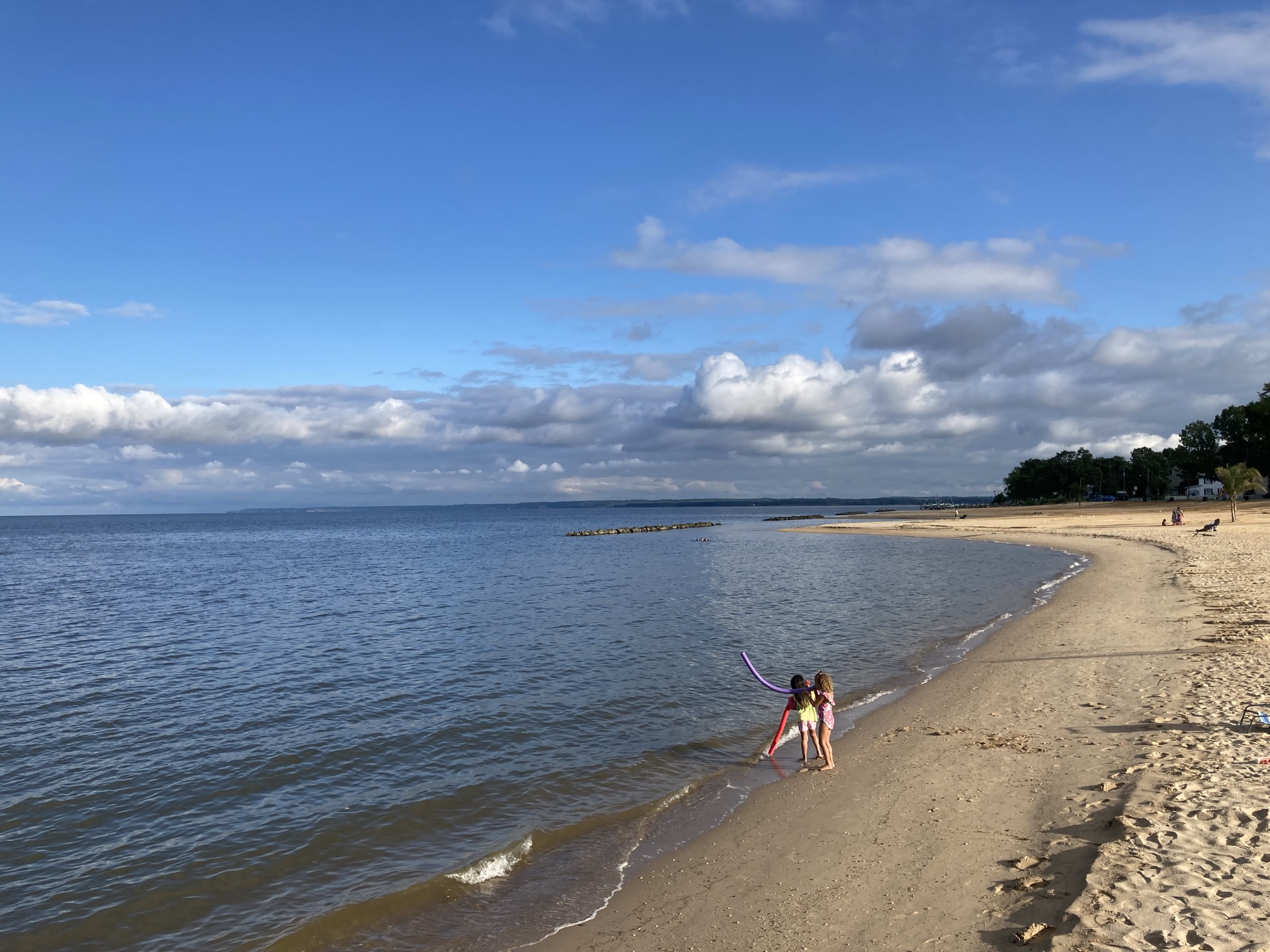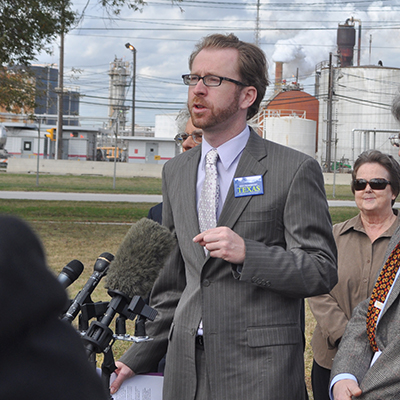
Plastic threatens the Gulf and our oceans
Single-use plastics are causing too much damage to the environment to keep them around for any reason
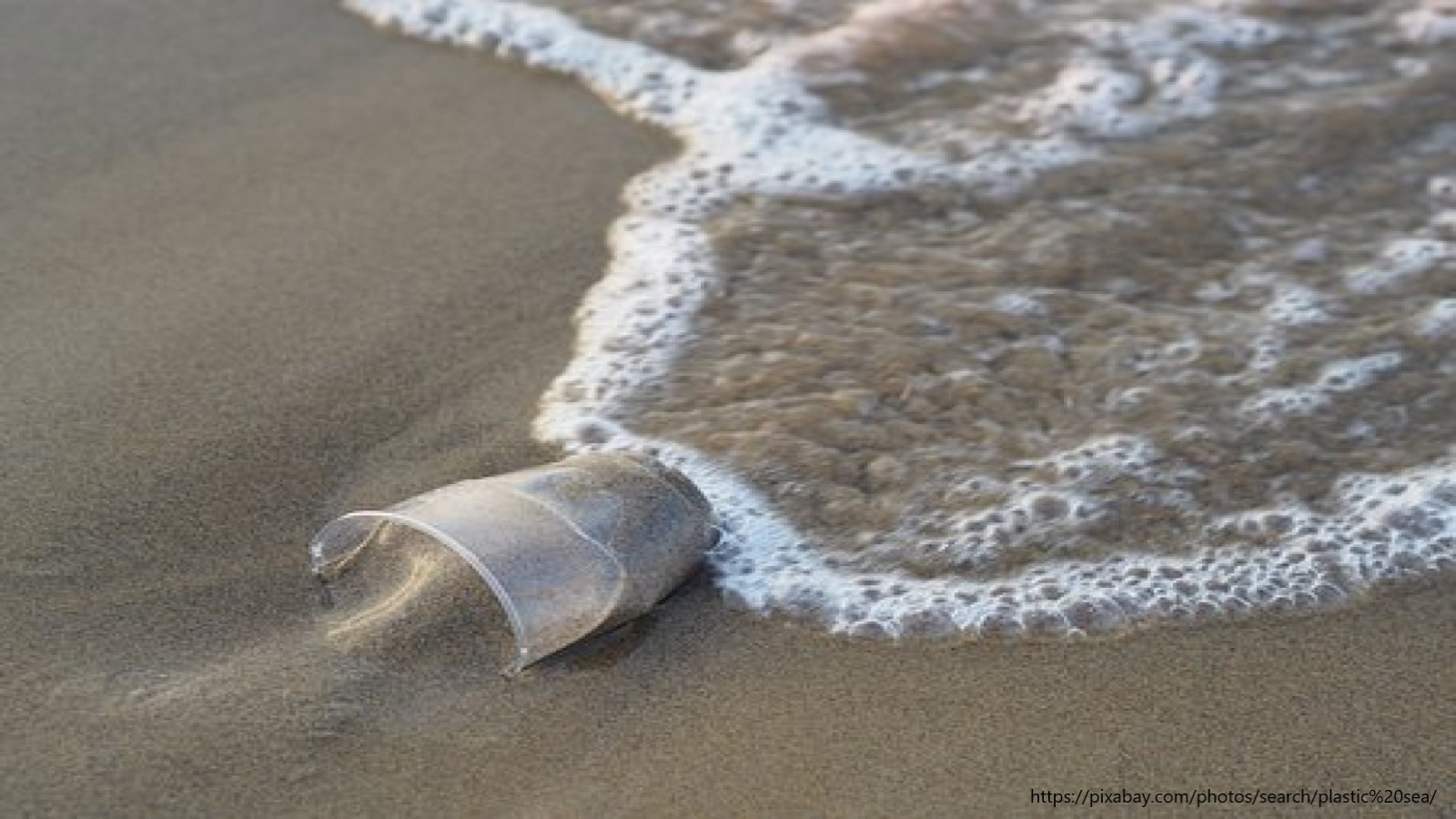
Guest post from Victoria Chavez, oceans campaign intern at Environment Texas.
I’m sure by now that you have seen someone pull out a metal straw when eating out, heard advocates say “stop using plastic straws,” or maybe have even seen that infamous video of a Marine Conservation Biologist, and her team, pulling a large plastic straw out of the nostrils of a sea turtle using pliers or cutting the 6-pack ring off the creature’s diameter. What about the pictures of piles and piles of trash in the middle of the ocean? The Great Pacific Garbage Patch in the North Pacific Ocean is a great example of the accumulation of plastic bits and pieces that we use once and throw away, expecting never to see them again… Except we do now. Our habits with single-use plastics and other disposable products need to change. As reported by National Geographic (2020), “The U.S. is the No. 1 plastic polluter…Americans produce more plastic trash than any other country in the world.”
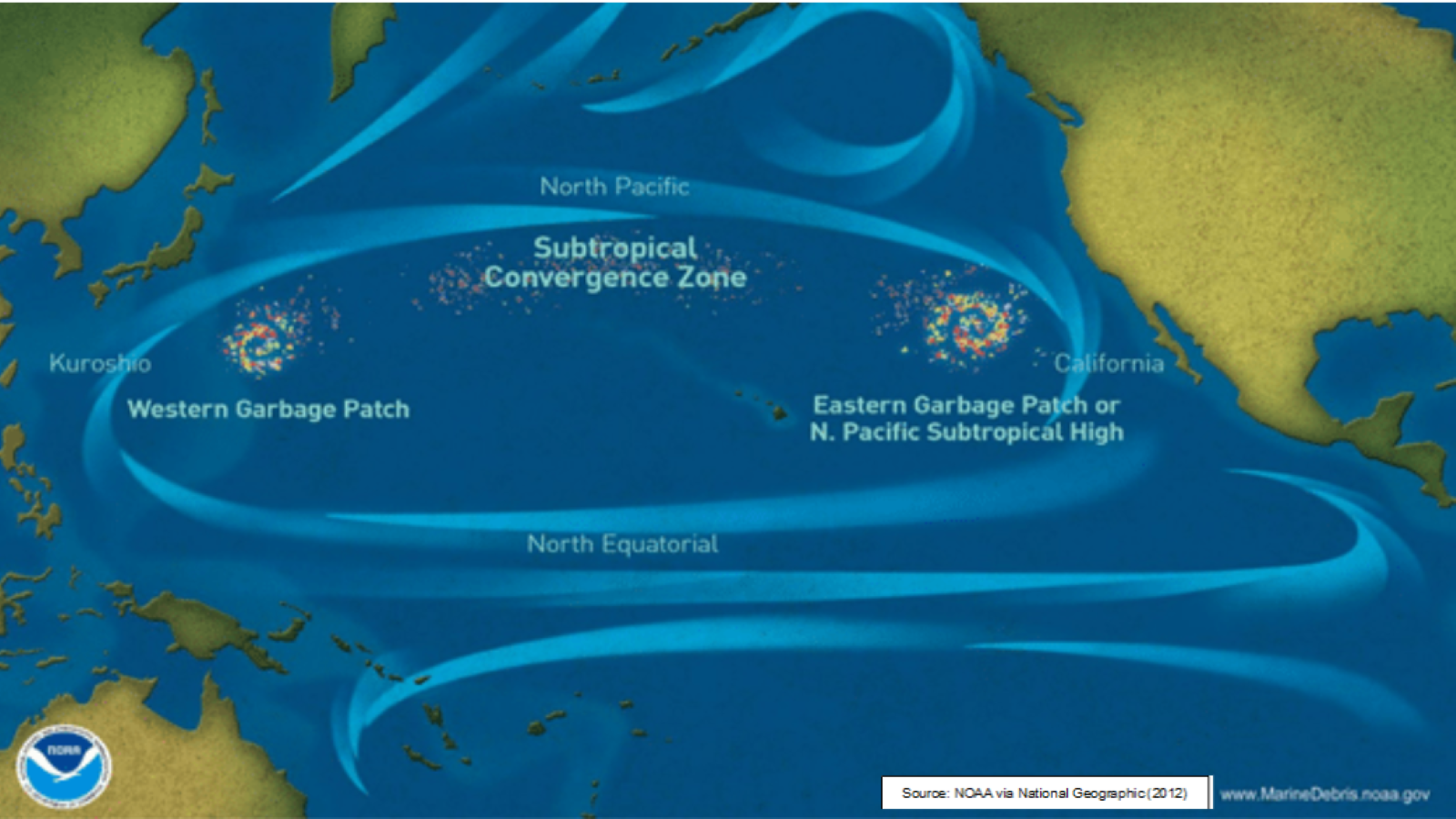
How does plastic pollution get to the Gulf of Mexico?
Thanks to campaigning and advocating for cleaner beaches, littering and direct waste disposal into the ocean are not as common as they used to be, though they still occur. Instead, the majority of accumulation of microplastics are coming from all over the United States. A system of water bodies and the direction of flow into the Gulf collects a variety of pollutants and distributes them at various geographical locations. When plastics end up in streams (directly or indirectly), they move into rivers, and eventually oceans. Therefore disrupting many ecosystems leading up to the Gulf of Mexico.
Plastic pollution comes from both individuals as well as large companies and industries that utilize it for packaging for their products. Therefore, if the producer of the single-use plastics were to stop producing the plastics all together, there would be less plastic pollution in our streams and oceans.
How does it affect ocean life?
Once our waste is in the ocean, it is bound to affect a plethora of species. Plastic bags are often mistaken for jellyfish, which sea turtles eat. Animals and plants get stuck in some items such as the 6-pack plastic rings and are forced to grow around them. Many diverse ecosystems become overwhelmed with plastic that does not belong there and creates problems for the creatures that cannot just pick it up and throw it somewhere else.
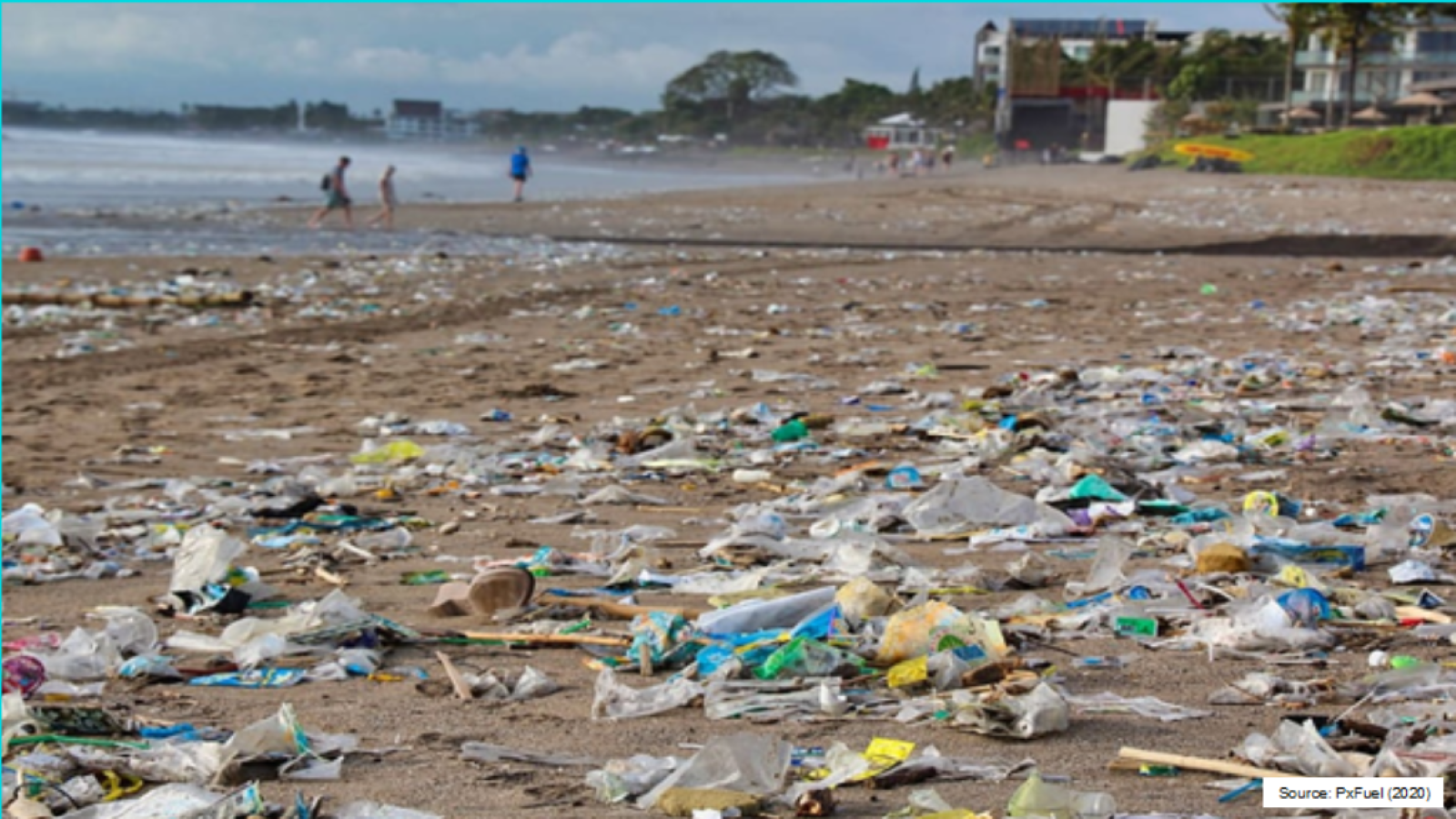
When our plastic pollutes the ocean, it can also break down into small microscopic pieces called microplastics. These are incredibly difficult to clean up and many end up ingested my marine life. With the insides of many fish stomachs coated with plastic particles, the toxins begin to spread up the food chain. Whatever eats that fish is also now contaminated- humans are not exempt to this trend. As the consumption spreads through marine life, more and more animals begin to die. This heavily disrupts the ocean’s ecosystem. As distributors of these plastic products, we are polluting a source of food and a beautiful ecosystem that many treasure and want to protect for its beauty and recreational purposes.
What can we do about it?
Every decision you make has an impact. Every, single, one. In order to see real results, everyone has to do their part and reduce their own use of plastics as well as push for industry to stop producing single-use plastics.
-
Utensils
-
Straws
-
Napkins
-
Water Bottles
-
Grocery bags
When you pick up food to support local businesses, take your own reusable straws and utensils. Refuse the plastic water bottles and instead continue to refill your reusable glass or stainless steel water bottle. Switch from paper towels and napkins to a set of washable, reusable napkins. Pack your meals in reusable containers. When you go grocery shopping, utilize reusable bags. 1 reusable bag can replace up to 10 plastic bags. Reduce as much as you can. Reuse as much as you can. Then recycle as much as you can.
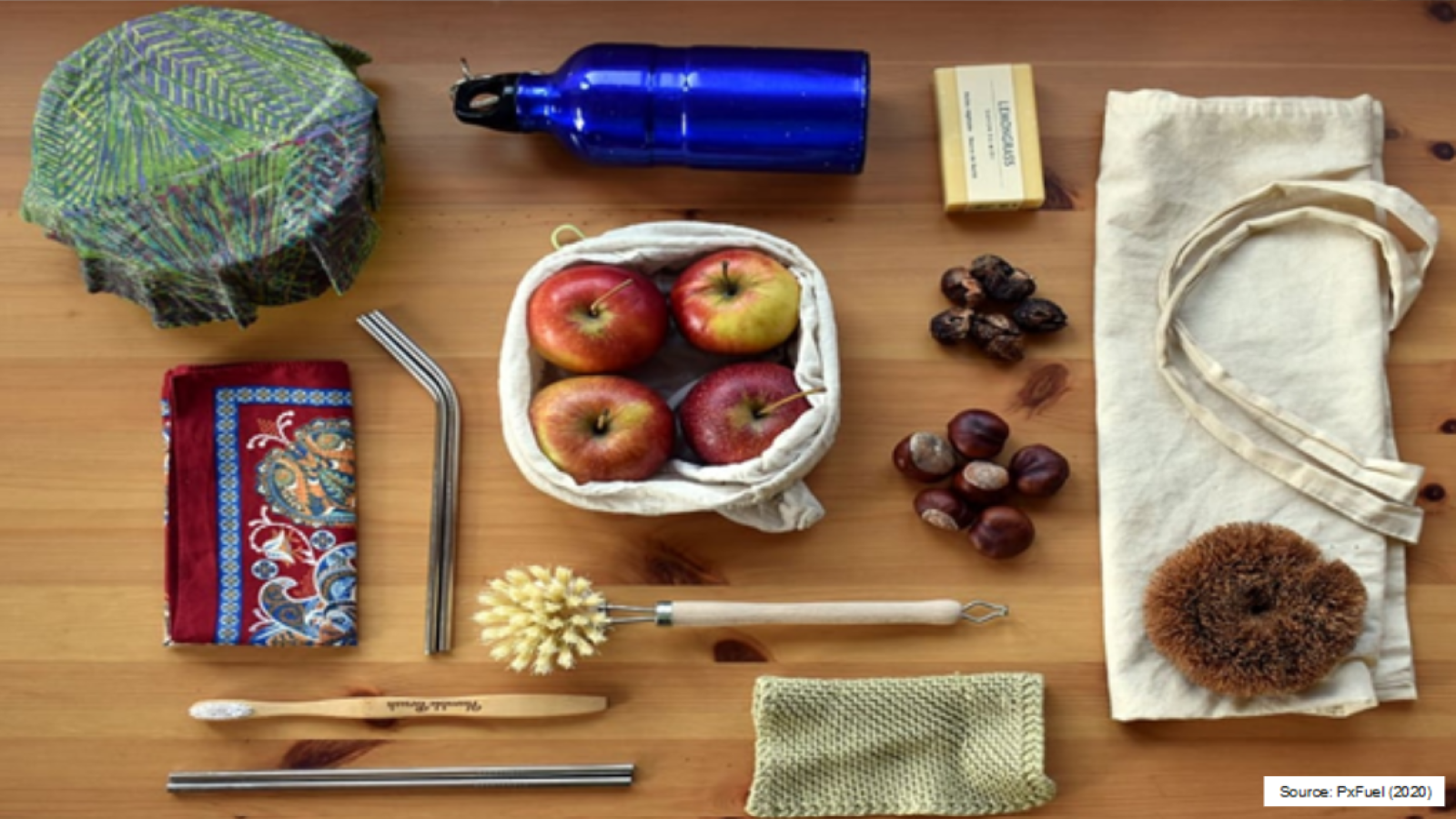
By reducing the amount of single-use plastic items you use, you are taking the possibility of those products ending up in water sources as well as landfills out of the question. Additionally, if many individuals together reduce their consumption, then the demand for those materials decreases, causing the supply to decrease. Many single-use plastics are mainly made using fossil fuel-based chemicals, so ultimately reducing the supply also reduces the amount of fossil fuels used to make them.
Beyond our own consumption and reducing the demand thereby decreasing the supply of these single-use plastics, we should ban the use of these plastics all together. Single-use plastics are causing too much damage to the environment to keep them around for any reason. Buying in bulk reduces the amount of plastics, but still contributes to the plastic waste and potential pollution. Once the large corporations and industries take charge of their plastic contribution, we will only have to tie up the small amount of loose ends still pushing for plastic use.
Environment Texas is stepping up by speaking to the public and holding industries and elected officials accountable. For example, last month we launched a campaign targeting Whole Foods, calling on them to significantly reduce the amount of single use plastic they use. Whole Foods Market used to lead on reducing plastic pollution as the first U.S. grocer to eliminate plastic grocery bags and again last year when they eliminated plastic straws, but now they’re lagging behind Walmart and Kroger on the issue of single-use plastic packaging, and it’s time for them to step up. We’re also working to get Texas cities to ban single use plastics on city owned property and to restore the right of cities to ban them citywide.
Topics
Authors
Luke Metzger
Executive Director, Environment Texas
As the executive director of Environment Texas, Luke is a leading voice in the state for clean air and water, parks and wildlife, and a livable climate. Luke recently led the successful campaign to get the Texas Legislature and voters to invest $1 billion to buy land for new state parks. He also helped win permanent protection for the Christmas Mountains of Big Bend; helped compel Exxon, Shell and Chevron Phillips to cut air pollution at four Texas refineries and chemical plants; and got the Austin and Houston school districts to install filters on water fountains to protect children from lead in drinking water. The San Antonio Current has called Luke "long one of the most energetic and dedicated defenders of environmental issues in the state." He has been named one of the "Top Lobbyists for Causes" by Capitol Inside, received the President's Award from the Texas Recreation and Parks Society for his work to protect Texas parks. He is a board member of the Clean Air Force of Central Texas and an advisory board member of the Texas Tech University Masters of Public Administration program. Luke, his wife, son and daughters are working to visit every state park in Texas.
Find Out More
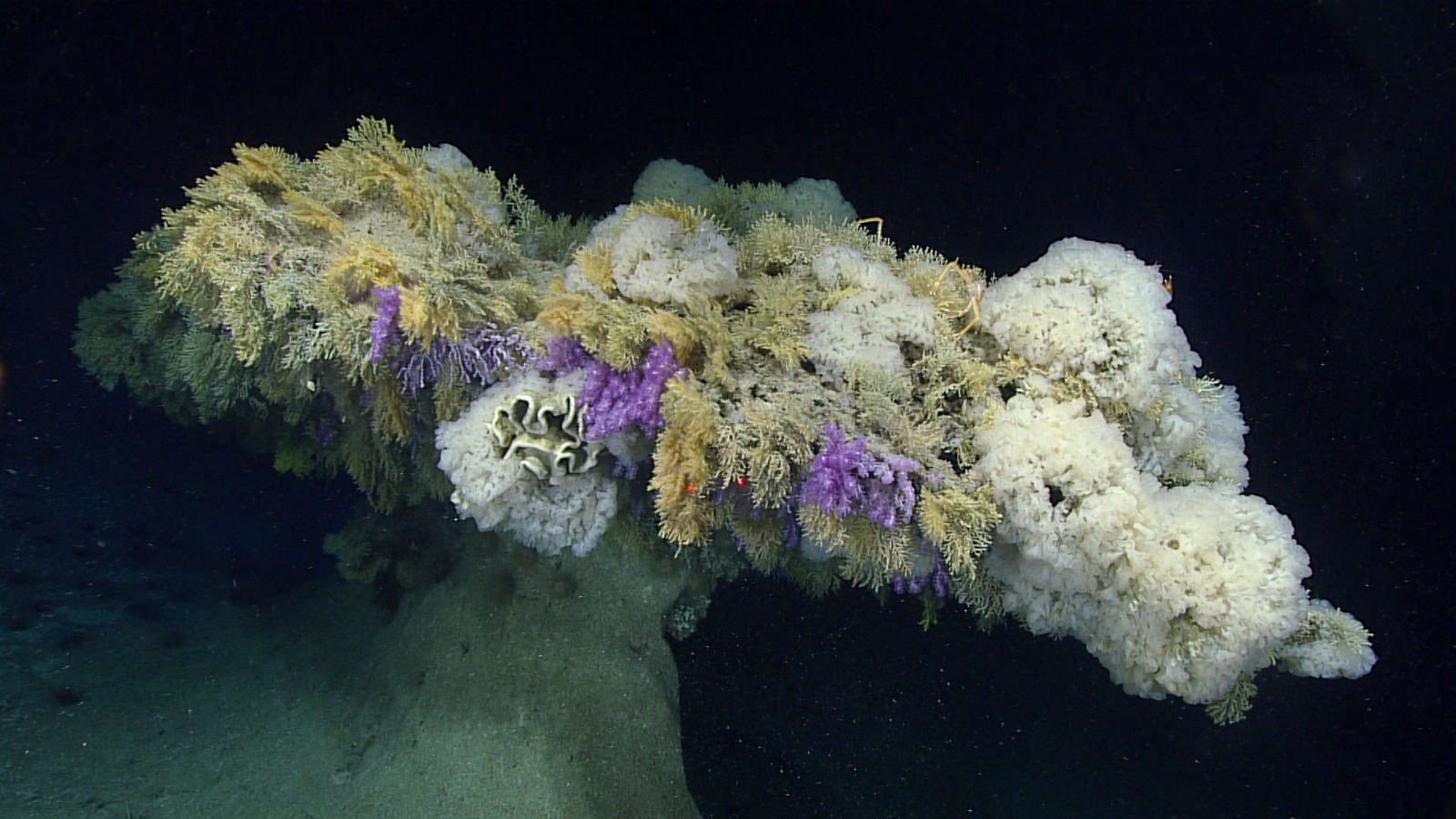
Deep sea mining isn’t worth the risk
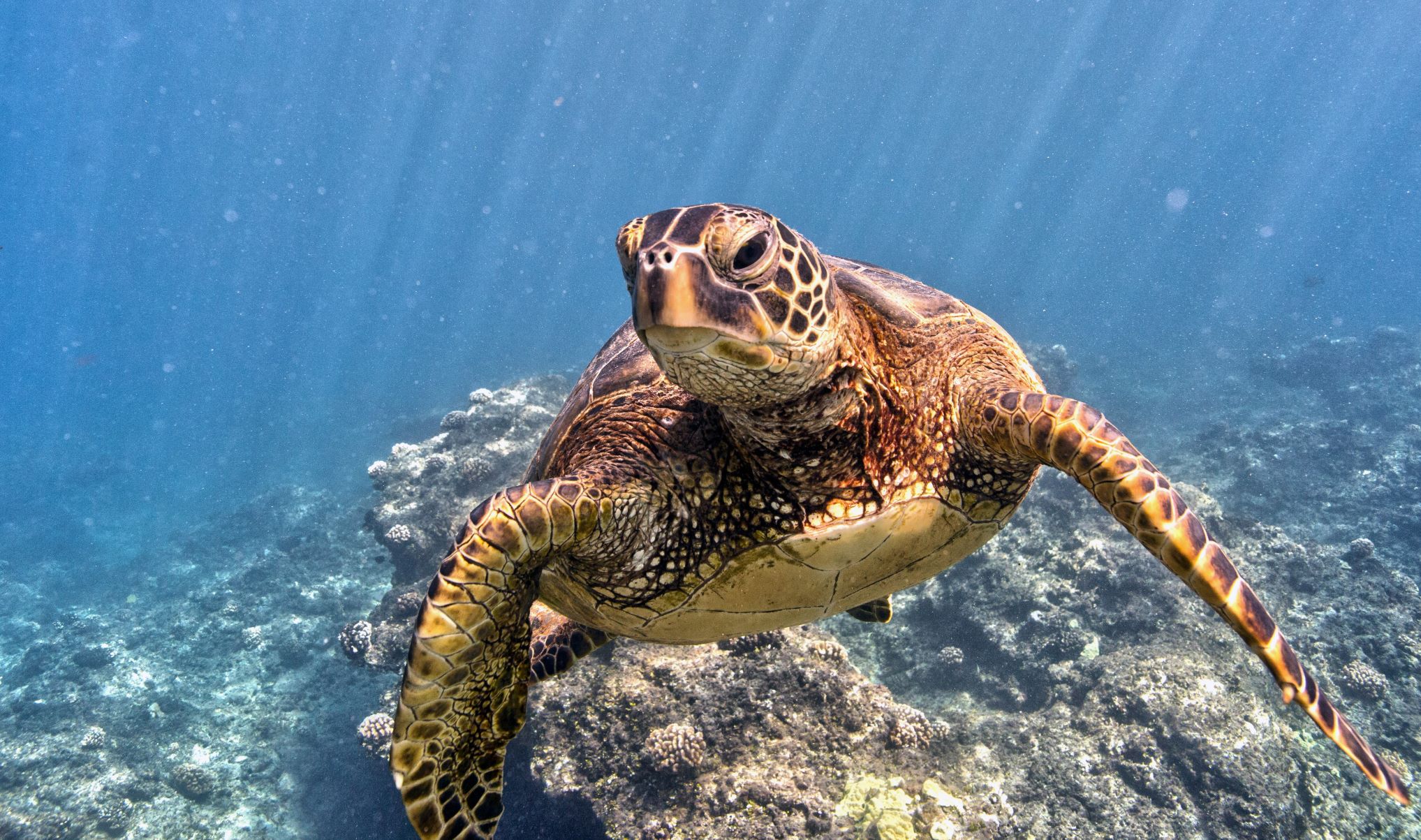
Marine protected areas are the best hope for the ocean – but only if the protections are real
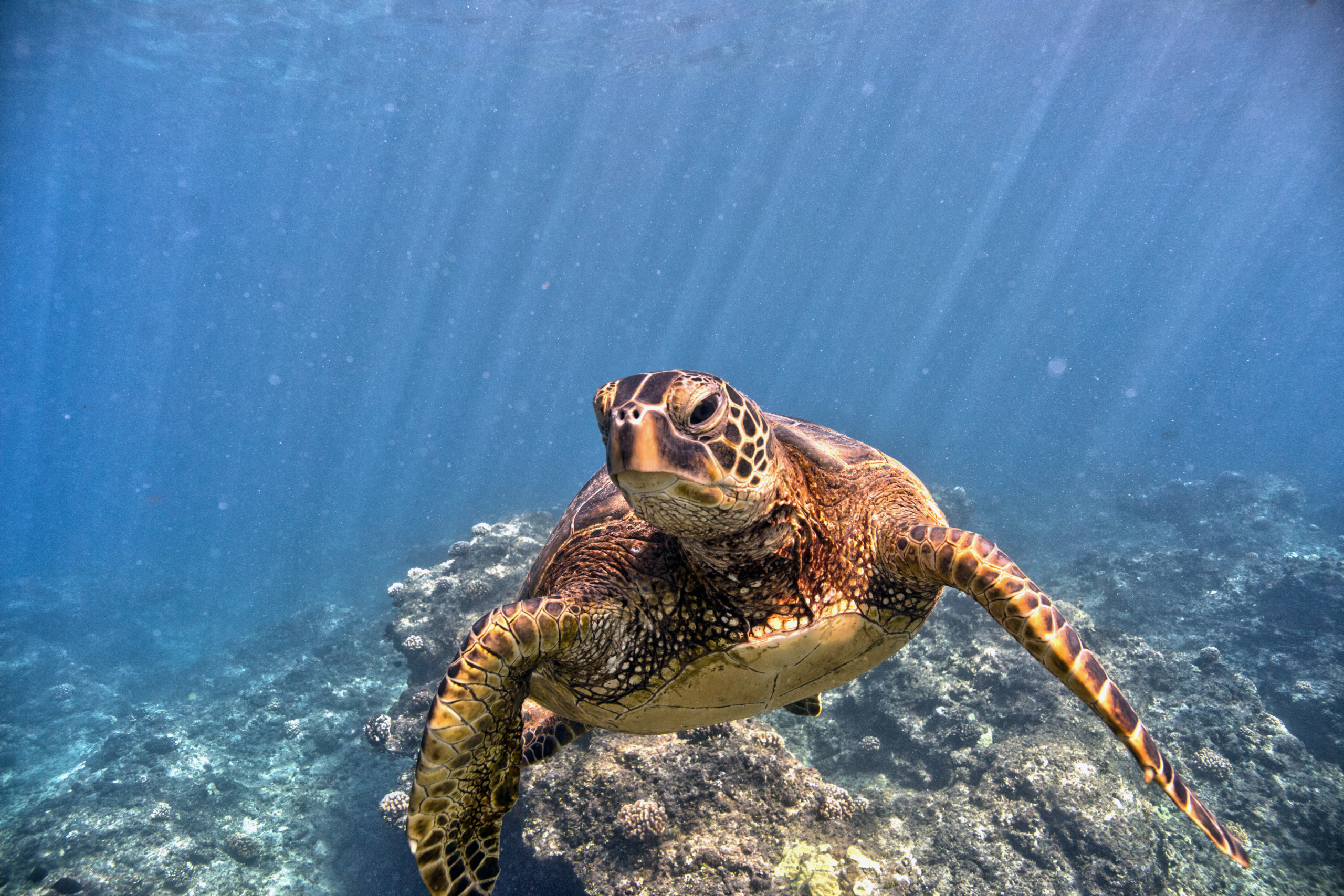
Sea turtles need a safe place to live
